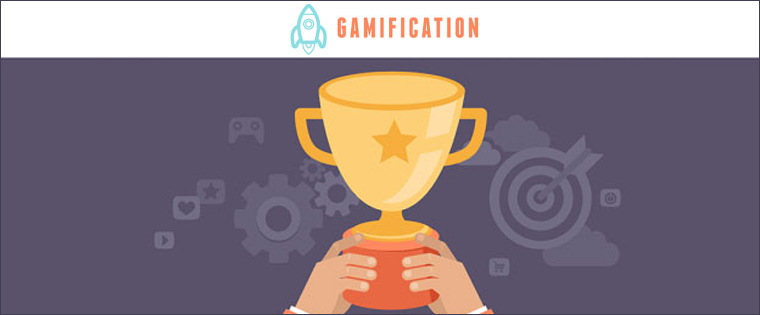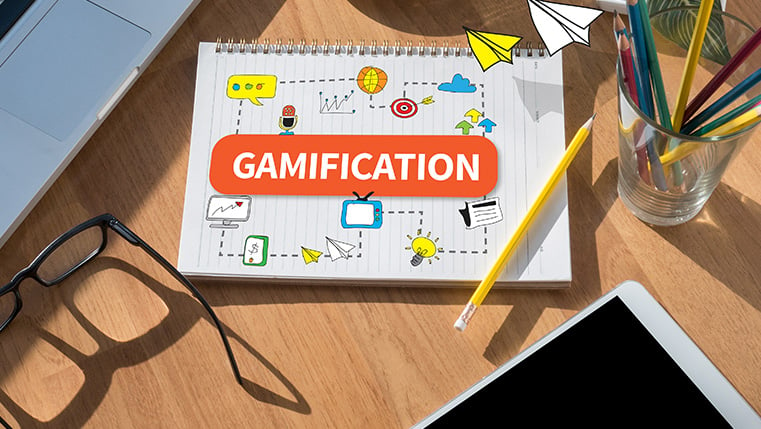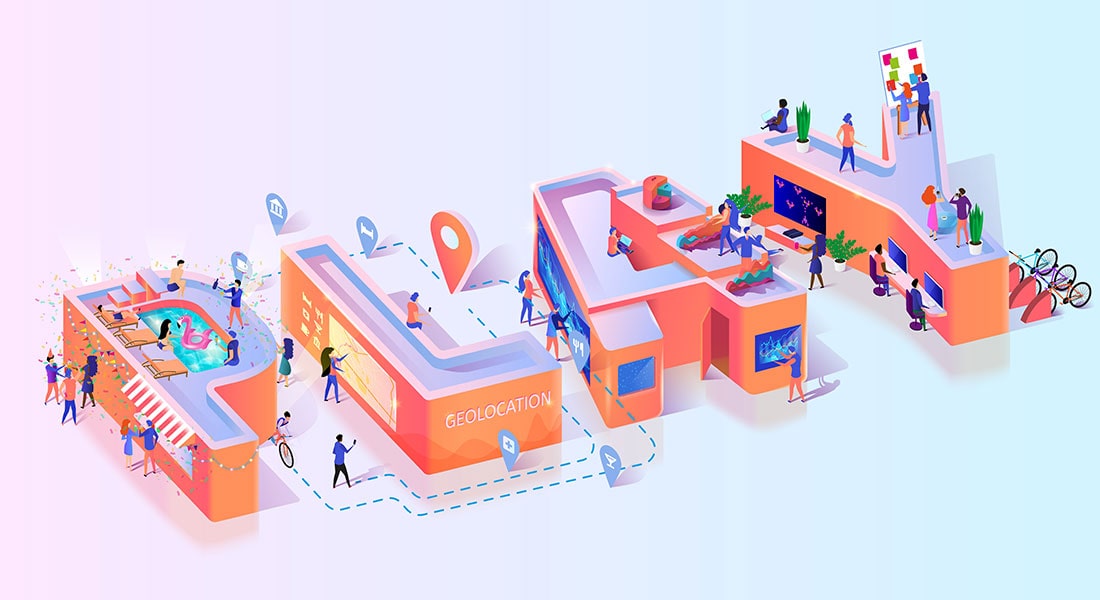How to Use Gamification Techniques to Gauge Post-Training Effectiveness

Gamification can be used to create some of the most effective learning systems, by blending course objectives and goals with game-based elements. the learning experience is improved due to the ‘fun’ element introduced by gamification. Gamification in eLearning provides a lighter learning environment, and helps learners practice real-life situations and challenges safely. As gaming elements target people’s natural instincts to be competitive and excel, it can drive a strong behavioral and skill change.
Using scores, leaderboards, badges and tons of other innovative techniques, gamification can be used to gauge the post-training effectiveness of the course. Seeing this ‘easy on the eyes’ data, learners can immediately know where they stand after undertaking the course, automatically showing them the impact of the course. Below are some tips to create game-based techniques that can make evaluation of the course easy:
Create Simple and Clear Rules
For your game-based content to work, there needs to be certain rules associated with it. These rules give your employees reasons to participate in the game and require them to get actively involved. In other words, rules tell them what’s in it for them and how it is going to benefit the organization.
Make it Worthwhile
Employees are more likely to participate and give you the online training feedback you require, if there are worthwhile incentives. As it is said, the end must always justify the means. Which is why you must identify what drives and motivates your learners and incorporate the same in the game-based content. It can be leaderboards, points or badges, basically, whatever works the best for your target audience.
Utilize your LMS
Most learning management systems are capable of generating useful reports and analytics. Using these, you can track almost every aspect of your gamification strategy. It shows you patterns and trends on employee achievements, which gives you clear indications about the impact of various training modules. However, you need to find an LMS that offers such powerful reporting features, in order to monitor your gamification feedback. Preferably, one that can generate customizable reports to allow you track specific gaps.
Make Gamification a Two-Way Street
While gamification techniques are great to give learners feedback about their performance, they should also be used to take feedback from learners. Learner insights about the course can help you address the shortcomings of your course to a great extent. Interactive simulations, attractive questionnaires, and out of the box surveys can help learners go the extra mile to give you feedback that matters.
Gamification techniques open creative zones that are inaccessible through any other mediums. Organizations continue to push the limits of their creativity to develop new ways of gathering useful feedback from users. Below are examples of some organizations that’ve created innovative feedback strategies:
McDonalds: They use game-based content to train learners to use their new cash register system. It uses a dynamic feedback system that evaluates all learner choices in real time, making them aware that each of their decision is crucial.
Heineken: It uses a feedback system that registers all the challenges taken by the users and gives an overall ranking in terms of real competencies. It uses a dynamic leaderboard to show how you are doing as compared to others, allowing you to compete and show off your success.
Gamification is a powerful tool that can do wonders to test the effectiveness of your eLearning program. The only challenge is the confines of your creativity. Break some barriers and start innovating today.





